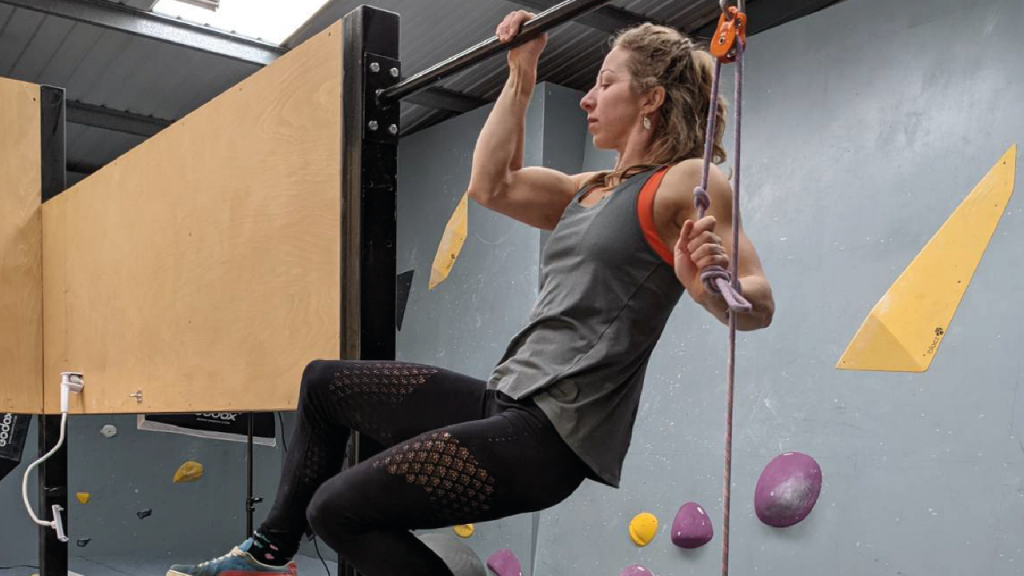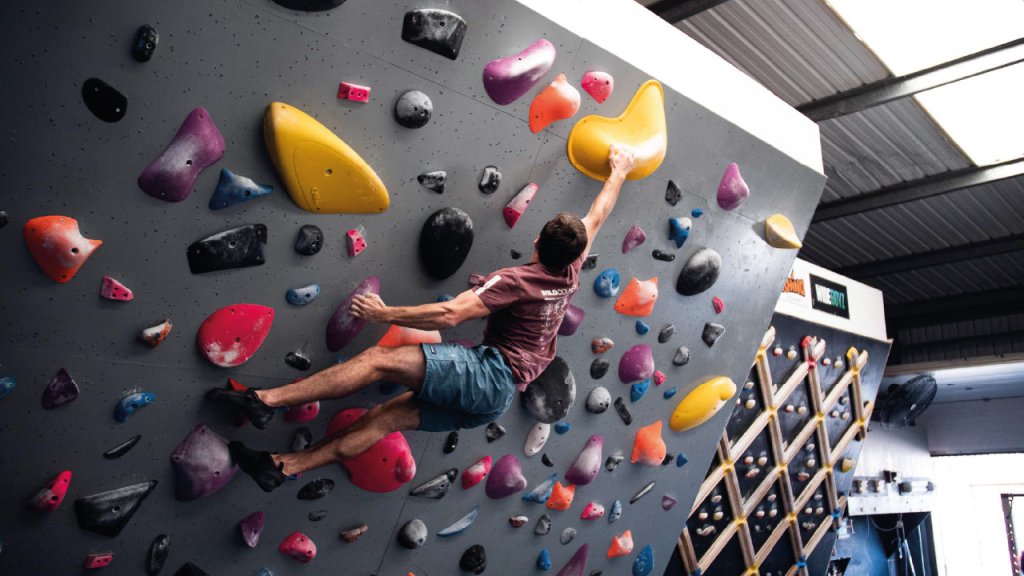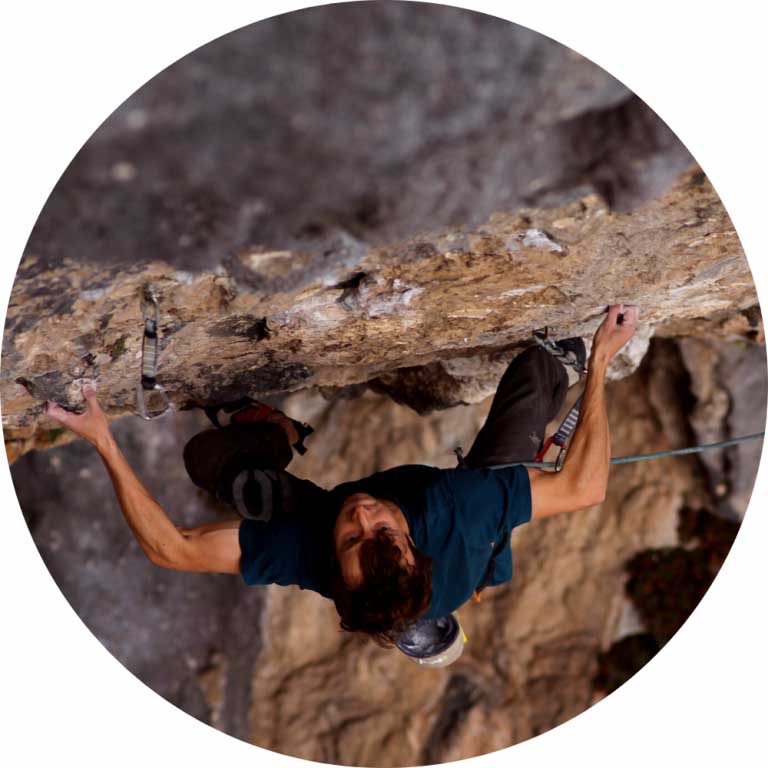Lattice Training Insights – Underperformers Part 1
Every 2 weeks here at Lattice, the coaches get together and take it in turns to lead a discussion on a topic of their choice. There are a wide range of topics that play into climbing and training for climbing. We use these sessions to further educate ourselves and share ideas. Here we share some of the main takeaways so that you can apply them to your own climbing and training!
This week coach Oli talked about underperforming and the different factors we see that commonly contribute to this. Performance outcomes can range from measurable gains in training to the transfer of training gains to the rock. There are two sides to the “underperforming” coin; managing expectations and goals, and troubleshooting training and lifestyle. We need to look both at the training, and at everything outside of the training to unravel underperforming.
What is underperformance and why should we think about it?
Underperformers are often thought of as athletes who are unable to translate their training gains to their goals to the extent that may be expected. However, underperformers can also be those that aren’t able to make the gains that they are looking for in their training.
Underperforming is not necessarily about climbing a certain grade. Or about climbing 2 grades lower than expected having made X% gains on the fingerboard. Or only adding 5 kg to your pull ups instead of 10 kg. We set our own standards that we measure ourselves by. This is why it is interesting for all climbers to think about the factors that contribute to “underperforming”. Addressing any of the factors below may help optimise performance, or potentially simply optimise enjoyment and satisfaction. Addressing what a climber perceives as “underperformance” can be as simple as laying out the facts so they can learn to appreciate their successes.
Climbers are not only either underperforming or performing. Therefore, looking at the reasons that can contribute to underperforming is more about exploring the spectrum between maximal performance and underperformance. It is about finding the way to optimise performance for a given set of circumstances.

Types of underperformers
You might think that there are innumerable factors that could lead to underperformance. However, they can be categorised and distilled into a few common underlying factors
- The Trainers
- The Thinkers
- The Busy Types
- Poor Energy Balance
The Trainers
These are the training fanatics. This is the type of person who feels very comfortable in the gym. Training is their comfort zone. This means when they go to perform outdoors they are often less familiar with the rock. Therefore, they have a higher chance of being held back by either their tactics, movement or head.
The trainers like training because it’s easy to quantify. It is easy to measure progress in kilograms, times, number of moves, and it’s easy to put the work in. It is more comfortable to train with a distant project in mind, but less so to go outdoors and work through the stepping stones to reach that big goal. If a climber’s long term goal is 9a it may feel demoralising to work hard at 8b. It’s easier on the ego to simply do the training and leave the outdoor bit until you feel capable of the big goal.

However, shying away from this outdoor time drastically hinders the climbers progress towards the end goal. When a trainer is capable of their outdoor goal, they still might shy away from it in order to do more training. They tend to think “I need to be stronger” rather than “I need to put the time in on the route”.
It’s easy to understand how people can think this way. As you see a personal best on the fingerboard, and other performance metrics, you see yourself getting stronger. But when you head outside there are more factors at play. It might be humid and the wind has dropped. Maybe it’s a bit damp. You can end up finding that you’re slipping on things that you feel you ‘shouldn’t’ be falling off of.
This often feeds into a negative feedback loop, involving more training and less climbing. This results in less time being spent on working the skills necessary to transfer those physical gains onto rock.
The Thinkers
The thinking types of people tend to put a lot of pressure on themselves. They spend a lot of time outside of training, thinking about training. While it’s useful to think about how to optimise your training, often over analysing every metric is more detrimental to the athletes well-being. We all have bad sessions sometimes where we just aren’t quite performing at the level that we usually do. However the thinker might try to over analyse why this might happen with thoughts. ‘Is it because I slept 20 minutes less last night?’ or ‘Is it because I didn’t take my supplement today?’. While those things may have made a difference, realistically our bodies aren’t machines and will frequently have off-days. Quite often these people will feel the need to find a reason for everything or a cure for everything. They also tend to be diligent trackers of numbers and data.
Unfortunately this tends to add to the overall stress that the body undergoes which is another thing that the body has to recover from. This forms part of the body’s allostatic load (the “load” attributed to everything outside of climbing).

The Busy Types
The busy types have the highest allostatic load out of the three types of underperformers. This allostatic load can take various forms. This could be busy business types who have stressful jobs. Or entrepreneurs who are overworked while they get their business off the ground. Or route setters and manual labourers who do large amounts of physical work in their work day. Unfortunately a lot of these busy types often can’t get out to go on longer climbing trips. They’re often are only able to get away for a week long climbing trip, and then get frustrated when they can’t perform during a short trip.

Poor Energy Balance
All of the things that we do in life carry an energy cost, and this takes time to be replenished. It is easy to envisage that moving our muscles through training and climbing takes energy, but there are many biological processes that go on “behind the scenes” that also require energy. An example is muscle protein synthesis. Training is an obvious example of this, where it not only costs energy to complete the training, but it also costs energy to recover from the training. Other things can affect your overall energy balance too. These include work life, work stress, bodily functions, quality of sleep, quality or quantity of nutrition, and many many other factors.

If we are spending too much energy on ‘non-essential’ things and the body doesn’t have enough energy to complete all of its tasks. So it will resolve this by not completing the less important tasks, such as training adaptations.
What can we do if we find that we are one of these sorts of people?
It can be quite hard to make gains when these things are holding us back. however there are a few specific things we can do to help:
- Think long term – It’s important to think longer term about training. Try to remember that progress in climbing is an ongoing process and we’re in it for the long haul.
- Celebrate the small gains – Small gains should not be overlooked! It can be easy to focus on the areas which aren’t improving, but it’s important to remember that each gain is a movement in the direction towards the goal!
- Remember allostatic load – The importance of allostatic load can not be overstated. Our bodies have to recover from everything that happens to them. If a lot is happening to them this leaves very little time for the body to recover. This means that it is easy to overtrain even if the allostatic load is not a physical form of load, such as work stress.
- Trust in yourself or your coach – If you have a coach and are being directed, you can rest assured that they have experience in making athletes better climbers and have your best interest in mind. If you are a self coached climber – trust in your bigger overview. Only periodically re-evaluate whether changes need to be made, such as at the end of a longer cycle of training of 12 weeks.







Really interesting and a good read thanks – looking. forward to part 2
Merry Christmas and have a good 2022 all
Thanks Eugene! Glad you enjoyed it, be sure to catch up on part 2 if you haven’t already 🙂